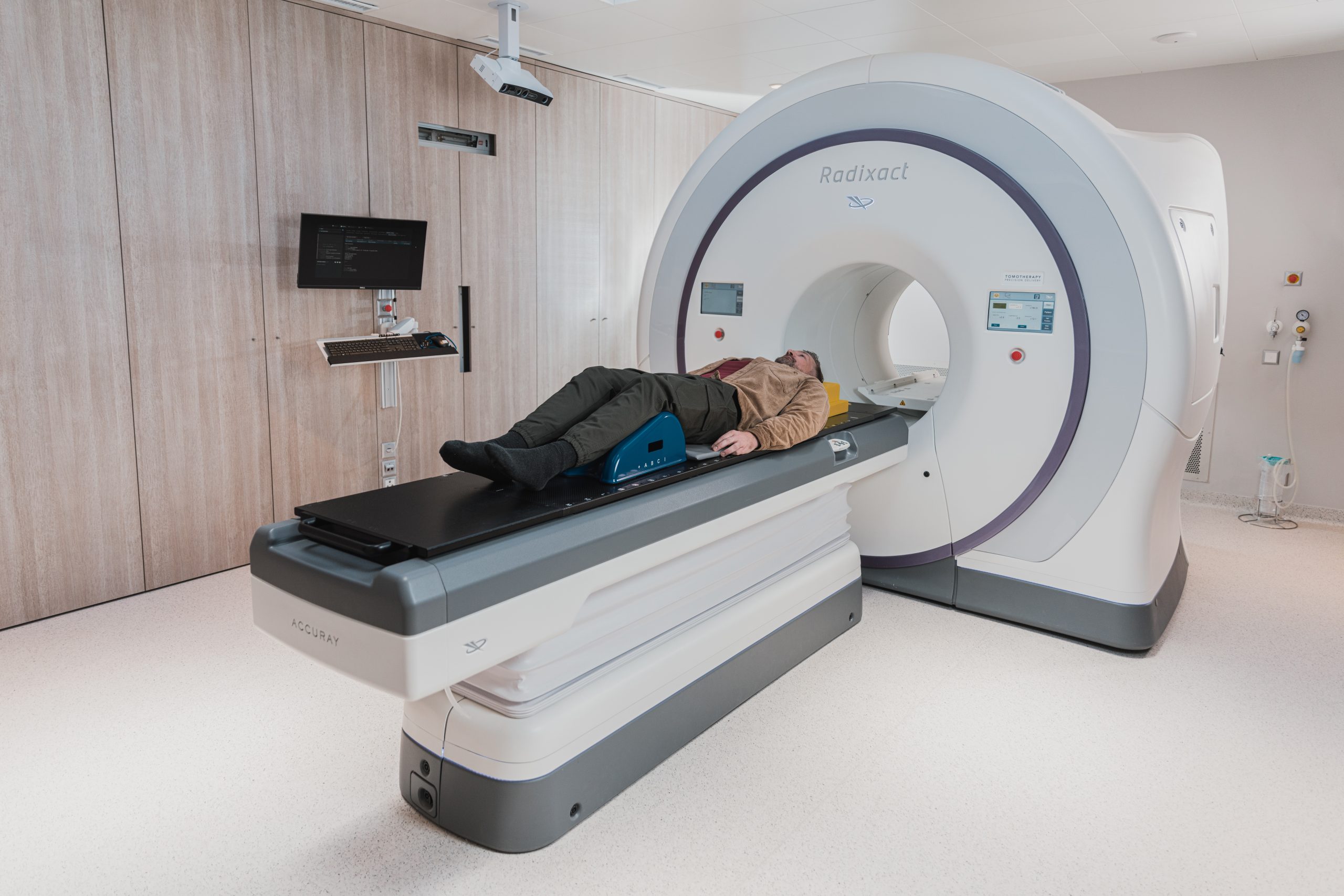COMPLEXITIES OF ALZHEIMER’S

Alzheimer’s disease, a progressive neurodegenerative disorder, continues to be a significant challenge in modern healthcare. Researchers worldwide are diligently studying this condition, aiming to understand its underlying mechanisms and develop effective interventions. In this article, we delve into the latest research surrounding Alzheimer’s disease and explore the fascinating neuroscience behind its pathophysiology.
Amyloid Beta and Tau Proteins
Amyloid beta (Aβ) plaques and tau tangles are hallmarks of Alzheimer’s disease. Recent studies have shed light on the role of these proteins in disease progression. Researchers have found that soluble forms of Aβ oligomers, rather than the plaques themselves, may be more closely associated with neurotoxicity and cognitive decline. Furthermore, abnormal tau protein can disrupt neural communication, impairing memory and cognitive function.
Neuroinflammation and Immune Response
Mounting evidence suggests that chronic neuroinflammation and immune dysfunction play crucial roles in Alzheimer’s disease. Microglial cells, the immune cells of the brain, become activated and release inflammatory molecules in response to Aβ accumulation. This chronic inflammation can further exacerbate neuronal damage and contribute to disease progression. Understanding the intricate interplay between the immune system and neuroinflammation is a focus of current research.
Apolipoprotein E (APOE) and Genetic Factors
APOE is a gene that codes for a protein involved in lipid transport and metabolism in the brain. Certain variants of APOE, particularly APOE ε4 allele, are strongly associated with an increased risk of developing Alzheimer’s disease. Researchers are investigating the specific mechanisms through which APOE influences disease onset and progression, with the goal of identifying potential therapeutic targets.
Brain Network Dysfunction
Emerging studies have highlighted the significance of disruptions in brain networks in Alzheimer’s disease. Advanced neuroimaging techniques, such as functional magnetic resonance imaging (fMRI), allow researchers to explore the functional connectivity patterns and identify alterations in neural networks associated with memory, attention, and other cognitive processes. These network-level impairments provide insights into the cognitive decline observed in Alzheimer’s patients.
Blood-Brain Barrier (BBB) Dysfunction
The BBB acts as a protective barrier, regulating the passage of substances between the bloodstream and the brain. Recent research suggests that dysfunction of the BBB may contribute to the pathogenesis of Alzheimer’s disease. Impaired BBB integrity can lead to increased permeability, allowing harmful substances to enter the brain and trigger inflammation, neuronal damage, and cognitive decline.
Early Biomarkers and Diagnostic Techniques
Efforts to develop accurate and accessible diagnostic tools for Alzheimer’s disease have gained momentum. Researchers have identified potential biomarkers, such as specific proteins (e.g., Aβ, tau) and neuroimaging markers, that may aid in early detection and tracking of disease progression. Techniques like positron emission tomography (PET) scans and cerebrospinal fluid analysis are being refined to provide reliable diagnostic information.
Therapeutic Approaches and Future Directions
Various therapeutic strategies are being explored to tackle Alzheimer’s disease. These include approaches targeting Aβ aggregation, tau pathology, neuroinflammation, and neuroprotective mechanisms. Immunotherapies, precision medicine, and gene therapies are among the promising avenues being actively investigated. Additionally, lifestyle interventions, such as exercise, cognitive stimulation, and a healthy diet, are gaining recognition for their potential to reduce the risk of cognitive decline.
In conclusion, the latest Alzheimer’s research has provided significant insights into the complex mechanisms underlying this neurodegenerative disease. Studies have deepened our understanding of the role of amyloid beta and tau proteins, neuroinflammation, genetic factors, brain network dysfunction, blood-brain barrier dysfunction, and early biomarkers. Advancements in neuroimaging techniques and the identification of potential therapeutic targets have paved the way for early detection and intervention. However, further research is still needed to unravel the intricacies of Alzheimer’s disease and develop effective treatments. With the collective efforts of scientists and healthcare professionals, the newest research brings hope for improved diagnostic methods and innovative therapies that may ultimately slow down or prevent the progression of Alzheimer’s disease.
Take the first step toward providing your loved one with the exceptional care they deserve. Contact us today at (281)892-1400 to schedule a personalized tour and learn more about our memory care and assisted living services. Our friendly team is ready to answer your questions and guide you through the process of finding the perfect caregiver at Kingwood Memory Care & Assisted Living. Together, we can create a supportive and nurturing environment where individuals with memory issues can thrive and lead fulfilling lives.


